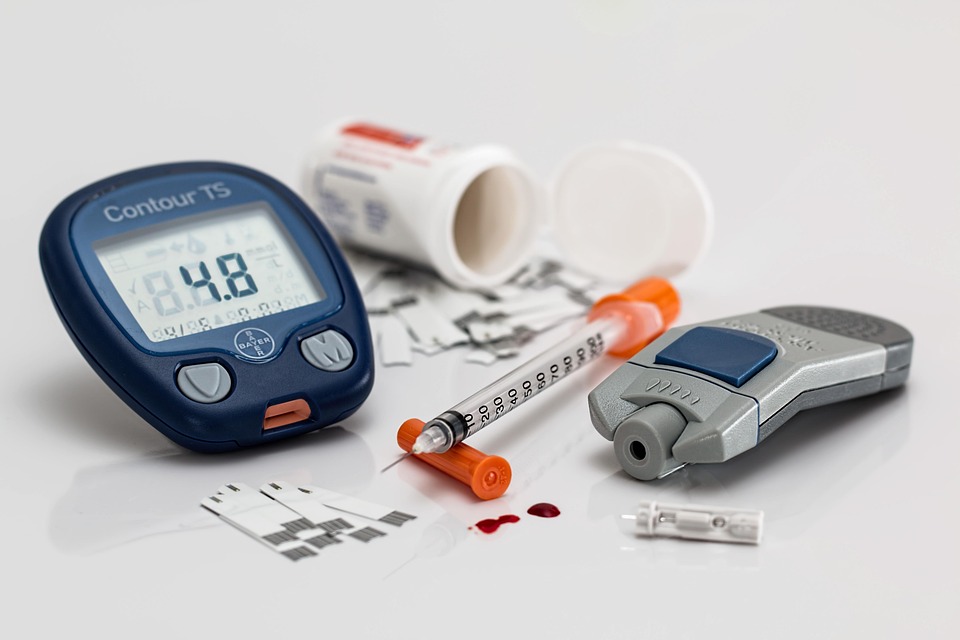What Is The Best Diabetic Diet? A Guide To Managing Blood Sugar Naturally
Are you struggling with managing your blood sugar levels? If you or someone you know has diabetes, you’re not alone. Managing blood sugar can be challenging, but with the right approach, it’s absolutely achievable. In this article, we’ll explore what makes the best diabetic diet effective, the key principles to follow, and practical tips to get started.
Why A Diabetic Diet Matters
First and foremost, a diabetic diet is designed to help maintain a stable blood sugar level, which is crucial for preventing complications like retinopathy, neuropathy, and complications from the heart and kidneys. The goal is to balance your intake of carbs, proteins, and fats to keep your blood sugar levels within a healthy range.
What To Include
- Carbohydrates: These are the body’s primary energy source. For people with diabetes, complex carbs like whole grains, vegetables, and fruits are essential. They provide sustained energy without rapid spikes in blood sugar.
- Proteins: Essential for building and repairing tissues. Include lean meats, fish, eggs, and legumes to keep your metabolism active and support muscle function.
- Fats: Healthy fats, such as those from nuts, seeds, and avocados, are necessary for cell function and can help stabilize blood sugar.
What To Avoid
- Refined Sugars: Table sugar, honey, and other added sugars found in many processed foods can cause rapid spikes in blood sugar, leading to insulin resistance and complications.
- Processed Foods: These often contain excessive amounts of sugar, unhealthy fats, and artificial ingredients, making them unsuitable for a diabetic diet.
- Alcohol: Excessive alcohol can raise blood sugar levels and impair insulin sensitivity, so moderation is key.
How To Get Started
- Plan Ahead: Start by mapping out your meals for the week. This helps you stay consistent and avoid overeating or reaching for snacks.
- Eat Slowly: Chew your food thoroughly and eat without distractions. This can slow digestion and reduce blood sugar spikes.
- Stay Hydrated: Water can help stabilize blood sugar, so drink plenty throughout the day. Avoid sugary beverages like soda and juice.
- Monitor Your Carbs: Choose whole, unprocessed carbs and eat in moderation. Avoid refined sugars and processed grains.
- Exercise Regularly: Physical activity helps regulate blood sugar and improve overall health. Aim for at least 30 minutes of moderate exercise most days of the week.
An Example Diet Plan
- Breakfast: Oatmeal with fresh berries, a slice of whole-grain toast, and a handful of nuts. Add a small amount of water or almond milk if needed.
- Mid-Morning Snack: A handful of mixed nuts or a small piece of fruit, like an apple or a banana.
- Lunch: Grilled chicken, brown rice, and a vegetable like spinach or broccoli. Pair with a small portion of yogurt or a green smoothie.
- Afternoon Snack: A piece of dark chocolate or a small handful of mixed nuts.
- Dinner: Baked salmon, quinoa, and steamed vegetables. Add a small amount of asparagus for extra fiber.
- Evening Snack: A small apple or a handful of mixed berries.
What To Avoid
- Avoid refined sugars like white bread, pastries, and desserts high in sugar.
- Steer clear of processed snacks like chips, candy, and energy bars.
- Limit your intake of added sugars, especially in cereals, sodas, and juices.
- Choose whole fats over oils, such as olive oil, avocado, and nuts.
Conclusion
A diabetic diet is not about deprivation but about making informed choices that support your health and well-being. By focusing on whole, unprocessed foods, balancing nutrients, and staying hydrated, you can achieve and maintain a stable blood sugar level. Remember, consistency is key—stick to your plan, celebrate small victories, and don’t hesitate to adjust as needed. With the right approach, managing your diabetes can be a breeze.
